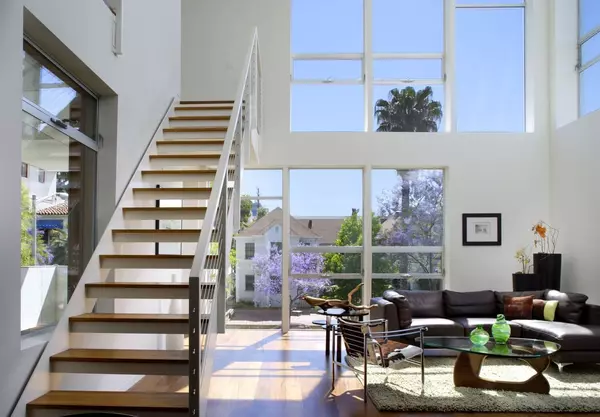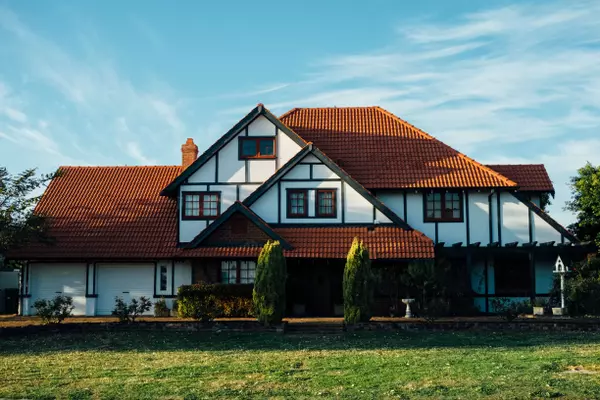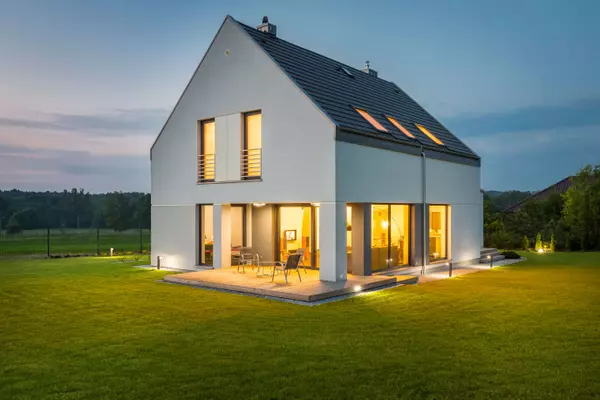Rancho Bernardo council supports raising Lake Hodges water level
The Rancho Bernardo Community Council has added its support to a local effort to get the water level in Lake Hodges raised by 13 feet above its current maximum to decrease the potential for wildfire.
A majority of the council agreed at its Sept. 4 meeting to send a letter to the San Diego County Water Authority board expressing strong support for not only restoring the Lake Hodges Dam, but maintaining the lake at a 293-foot operating level “to reduce wildfire risk.”
The lake has been kept below 280 feet due to a 2023 state order from the Division of Safety of Dams, which expressed concerns that if the lake is allowed to go higher, the dam that needs to be replaced due to deteriorating concrete could fail if there is a 7.0 or higher earthquake. If that happens, homes and people downstream could be endangered, officials said.
City of San Diego officials have estimated the dam replacement could be complete by 2034, but there is doubt that enough funding exists to build an exact replacement of the 315-feet dam. While initially pegged at $275 million, recent estimates put the project at around $474 million to $697 million.
Last month it was announced the San Diego Water Authority no longer wants to pay half of the replacement because of increased cost.
Advocates of naturally raising the lake’s level via rainfall want it done before the dam replacement for fire protection and other benefits.
“Raising Lake Hodges would reduce costs, produce renewable energy, protect homes and conserve ecosystems,” the RB Community Council’s letter said. “Acting now can prevent future regret after potential disasters.”
The council stated that if the water level is raised to 293 feet and the 107-year-old dam is rebuilt, ratepayers would save $9.1 million to $10 million per billion gallons compared to Carlsbad desalination, and $3.88 million to $4.5 million versus Pure Water San Diego.
“In the last four years, releasing 12 billion gallons due to low mandated levels lost potential savings of $109M-$120M (vs. desal) or $46.6M-$54.0M (vs. Pure) — funds that could have offset much of the replacement cost,” according to the letter.
The letter was drafted in response to two presentations at the council’s Aug. 7 meeting. One was from Rhonda Farrar, the Friends of Lake Hodges president and founder. Her group supports local government efforts to improve Lake Hodges dam safety and capacity, water quality, wildlife habitat and public access. In recent years the Friends have advocated for the dam’s replacement.
Representatives from the Raise Lake Hodges Citizens Advisory Committee, including member Paul Bernstein, also spoke last month. Bernstein returned on Sept. 4 to reiterate his group’s assertion that raising the lake from 280 to 293 feet prior to dam replacement would expand its water acreage and provide wildfire protection.
While most council members were supportive of sending the letter, there was some opposition.
Council member Tom Lettington questioned the accuracy of claims that going above the 280-foot level is safe since city officials supported the state-imposed water limit. Lettington said he first wanted an authority to declare the dam will be safe if the water level is raised.
Bernstein said his group has dam experts who have said it is safer to have the water at 293 due to hydrostatic pressure of the water when kept at the higher level.
“It is actually safer based on our experts who actually worked on the dam,” Bernstein said.
The “DSOD has blinders on,” he said, because it is only considering downstream effects if the dam breaks rather than the upstream consequences if the dry lake bed’s dense vegetation catches fire.
Earlier that day, the Rancho Santa Fe Association endorsed raising the lake because “of decreased risk of a fire,” he said, adding that endorsements have also come from the Sierra Club and Del Dios Town Council.
If a fire occurred, thousands of Rancho Bernardo homes could burn, he said, comparing the potential disaster to what happened last January in Pacific Palisades.
“This used to be a lake,” Bernstein said while showing a photo from years earlier of the David Kreitzer Lake Hodges Bicycle/Pedestrian Bridge in Rancho Bernardo where water was clearly visible. “Now it’s just hundreds of acres of combustible materials that are going to burn and take any fire, on the next Santa Ana, through Rancho Bernardo.”
He said at 293 feet the water would still be 20 feet below the top of the dam, but the water would create a natural fire break. Right now, the water level is at 270 feet, which means about 600 acres of flammable brush exists, he said.
“If a fire started in Ramona or Del Dios, we had a natural fire break to prevent it from going into Rancho Bernardo,” Bernstein said. “But that’s not what it is like now. We have 50-foot tall trees and under these trees is very flammable brush.”
He said this has made it difficult for some to obtain fire insurance.
If a fire starts in the east and travels west due to strong Santa Ana winds, it could go from Ramona to the river valley, then take out homes in Rancho Bernardo, Rancho Santa Fe and Del Mar, he said.
According to Cal Fire data, there is 500 times more likely to be a wildfire over the next decade than a dam rupture, Bernstein said. Meanwhile, the chances of a dam rupture is 0.1% according to the U.S. Geologic Survey.
Among other considerations mentioned were that the Olivenhain reservoir is not able to pump water due to the lake’s current level. In addition, the $208 million Rancho Cielo Raw Water Pump Station, built in 2004 by the Santa Fe Irrigation District near Del Dios Highway to pump water from Lake Hodges to the R.E. Badger Filtration Plant, cannot work. If it did, it could produce power for 26,000 homes.
Bernstein said 26 species of endangered wildlife in the area, such as grebes, a freshwater bird, can be saved. His group also says there will be another 2.8 billion gallons of water available for drinking and firefighting, water rates will likely be lower along with property and lives protected.
“When looking at the ratio of odds, it is in Rancho Bernardo’s interest to support this,” Bernstein said, adding, “Your support, your letter will really do a lot to help us convince (state and city officials) to do the right thing,” he said.
RB Community Council member Matt Greco said that while he supports the spirit of the letter, he was abstaining from the vote because he would have liked to see more supporting evidence for general conclusions stated.
Categories
Recent Posts










GET MORE INFORMATION


